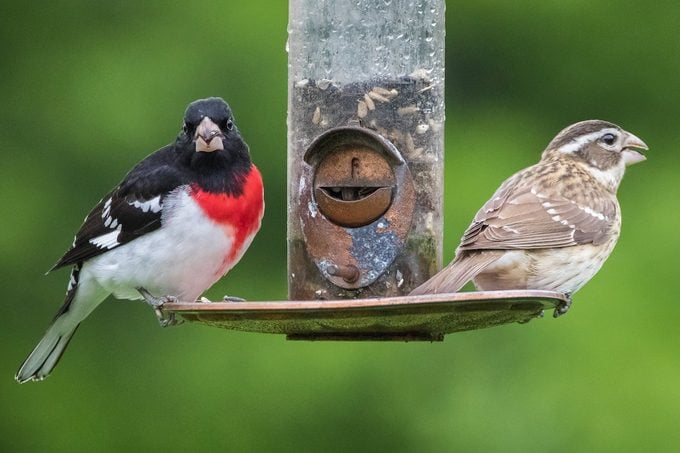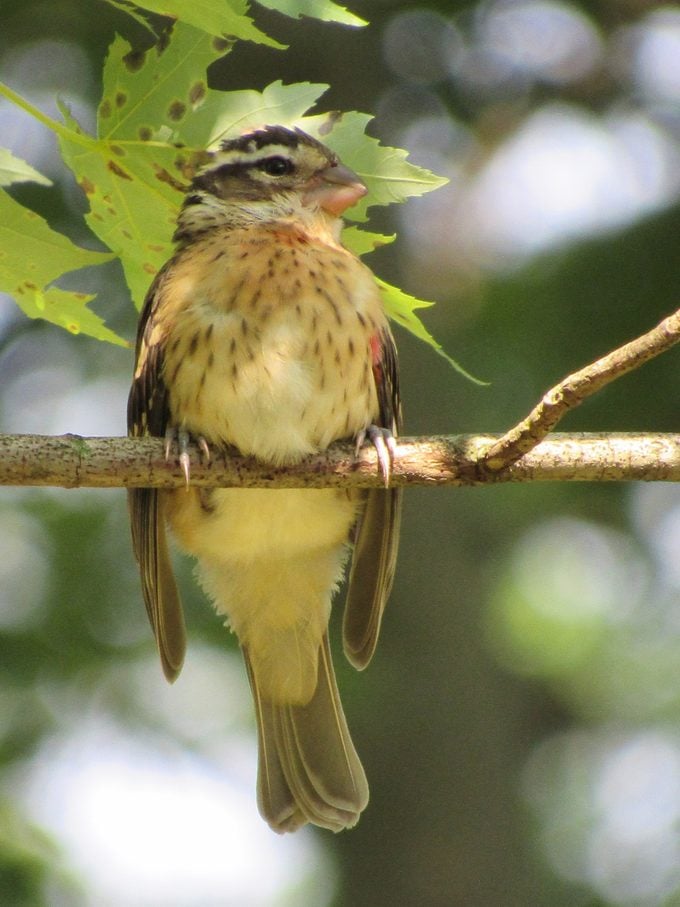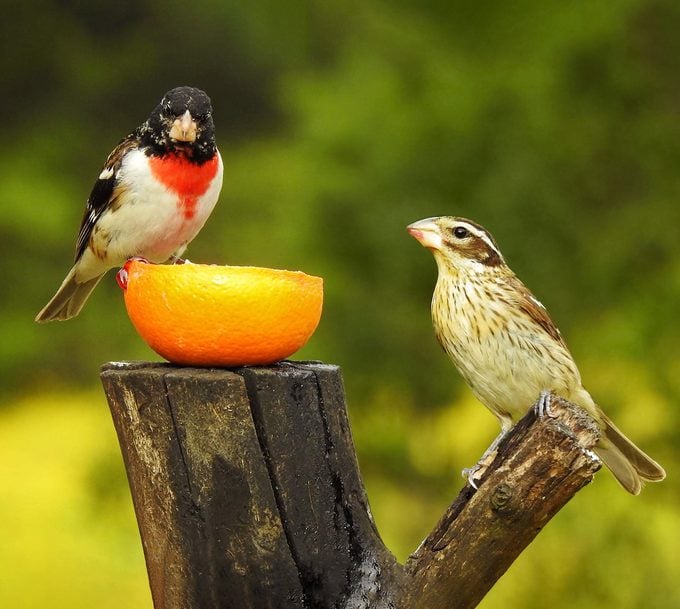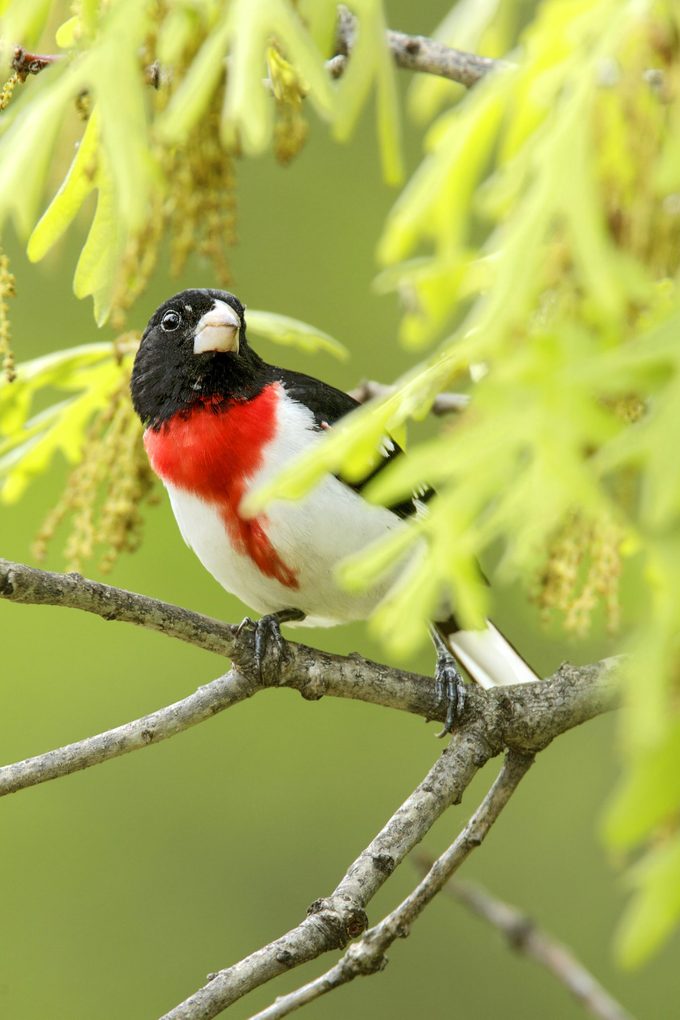Identify and Attract a Rose-Breasted Grosbeak
 COURTESY KIRK HATZMANNMale and female rose-breasted grosbeaks visit a seed feeder
COURTESY KIRK HATZMANNMale and female rose-breasted grosbeaks visit a seed feeder
Male Rose-Breasted Grosbeak
Check out 5 types of grosbeaks backyard birders should know.
Female Rose-Breasted Grosbeak
Don’t miss these outstanding pictures of rose-breasted grosbeaks.
Nests and Eggs
Get to know gorgeous blue grosbeaks.
Juvenile Rose-Breasted Grosbeak
 COURTESY DONNA SPARKSThis juvenile shows a hint of rose coloring on the chest
COURTESY DONNA SPARKSThis juvenile shows a hint of rose coloring on the chest
Learn how to identify baby orioles and juvenile orioles.
What Does a Rose-Breasted Grosbeak Eat?
Did you know: evening grosbeaks and pine grosbeaks are special winter visitors.
Attract Rose-Breasted Grosbeaks With Plants







 STEVE AND DAVE MASLOWSKI
STEVE AND DAVE MASLOWSKI



